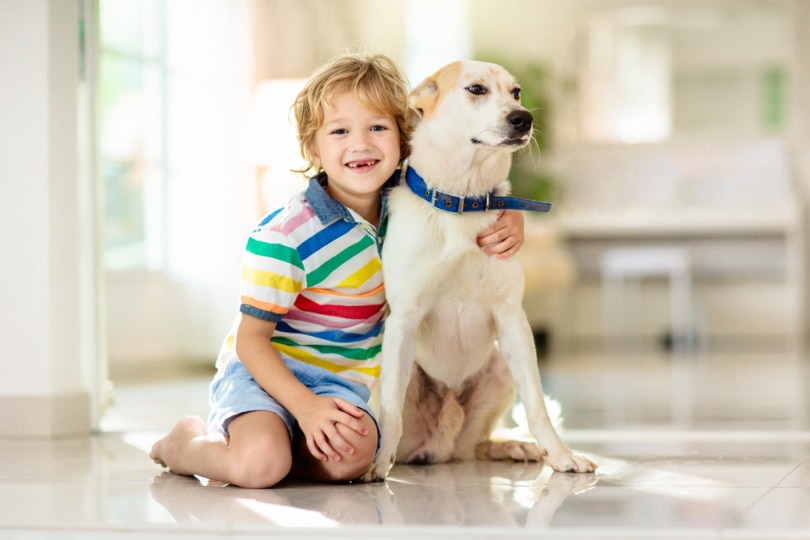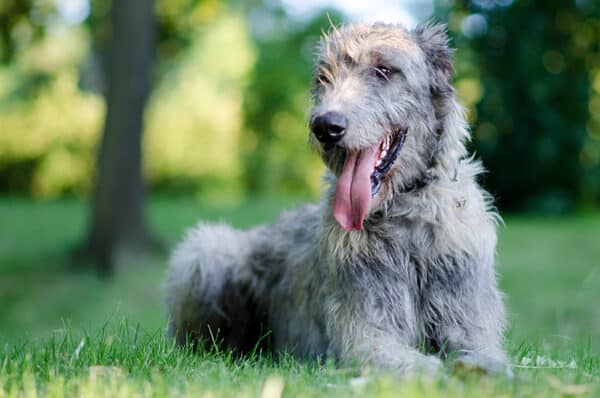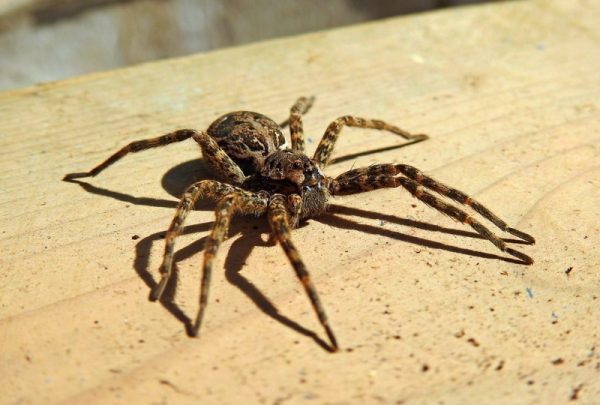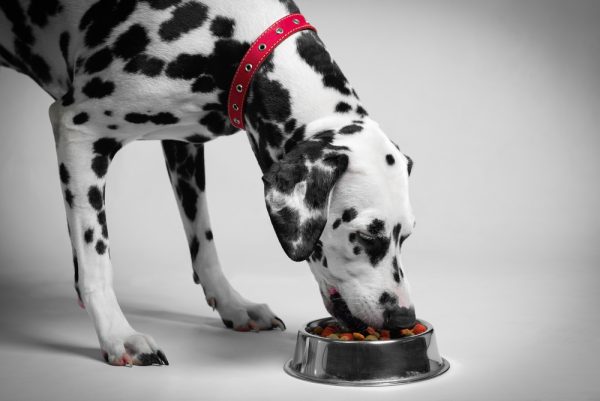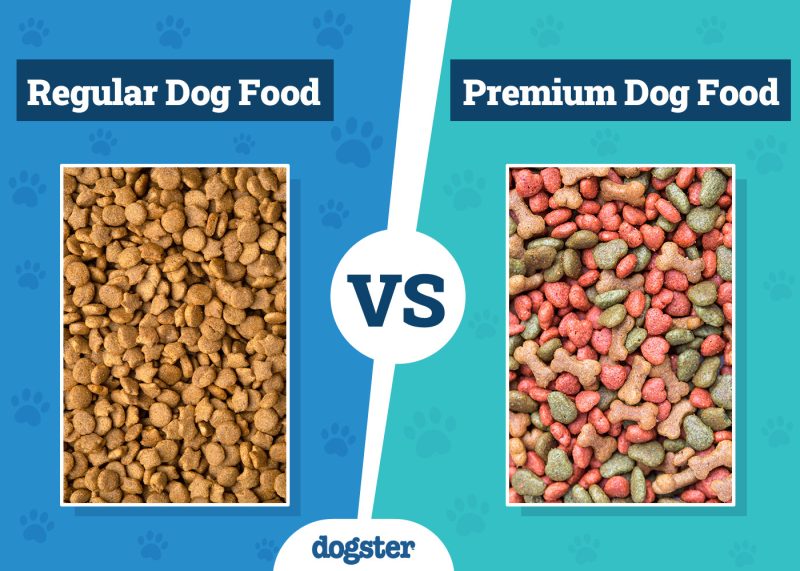At some point in your child’s life, they will beg you for a pet—daily! If you’ve reached that point, there are some tips you need to consider. Choosing your child’s first pet is exciting, but you can’t just get a pet for a child. Before deciding upon an animal, you’ll need to factor in your child’s age, how responsible they are, and more.
That’s why we’ve put together these tips to help you find the perfect first pet for your little one! With these, you should have no trouble finding a pet your child adores (and one they can easily help care for). Keep reading to learn how to choose your child’s first pet!

The 9 Tips to Choose Your Child’s First Pet
1. No Impulse Buys
First and foremost, please don’t make any impulse purchases! If you buy the first animal your child falls in love with but it’s not an animal you know much about, you could be setting yourself up for disaster. For example, if you go with a bearded dragon—considered a good starter reptile—you’ll find that these guys move much faster than one would expect; plus, small children really shouldn’t be handling them.
Or if you decide to go simple and get your child a fish, you might find that the fish you’ve purchased ends up needing certain water temperatures and filters, causing more work than you expected. So, always research the pet before buying.
2. Consider Allergies
Another aspect of determining the best first pet for your child is considering any allergies they may have, as well as any allergies others in the household have. After all, you can’t really have a cat in the home if your child’s sibling is incredibly allergic to them. And while some allergies are mild and can be handled with antihistamines, is it really worth it to deal with all that when you could get a pet that no one is allergic to?
Also, remember, although some pets are labeled as “hypoallergenic”, no animal is truly 100% hypoallergenic. A certain breed may be less likely to provoke allergies, but it doesn’t mean it won’t cause any allergies.
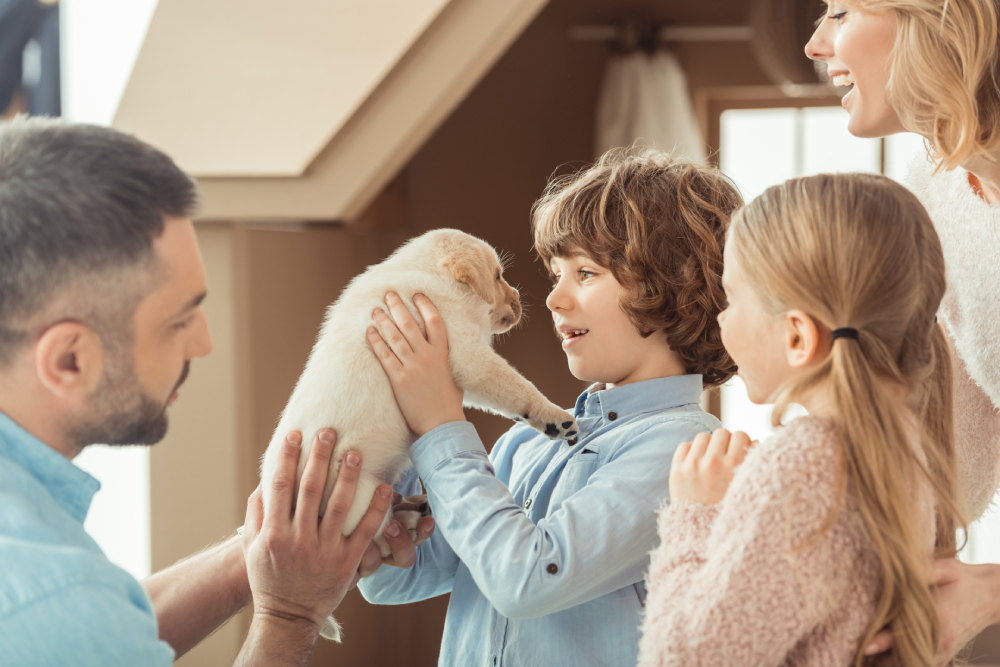
3. Consider What Your Child Can Handle
You should be prepared to take on some care for the pet you’re getting your child. While they will be able to do certain tasks (depending on their age), there will be things they aren’t able to handle. So, take that into consideration when choosing the first pet. For example, if you get a dog, will your child be able to walk them? Or if you get a guinea pig, will your child be able to clean the cage by themselves?
Also, consider the developmental stage of your child. Very young children may see a pet more as a toy rather than an animal that can think for itself and needs care. But from age 5 or so, they should be mature enough to see a pet for what it is and handle some responsibility.
4. Consider Whether Your Child Can Physically Handle a Small Animal
Small animals such as guinea pigs, hamsters, mice, and rabbits are popular elementary classroom mascots for a reason. They’re easier to care for and more economical than cats and dogs. However, young children and small animals don’t always mix. Small animals are very delicate, and young children may not have developed enough fine motor control to avoid accidentally dropping or harming one of these pets. In fact, it’s recommended that you never give a kitten to a child under the age of five because the risk of the child accidentally smothering them with hugs is significant.
So, if you’re thinking about getting a small animal as a first pet, it’s advisable to let young children look at them but not necessarily touch them (at least, until you’re sure they’re capable of being gentle enough).
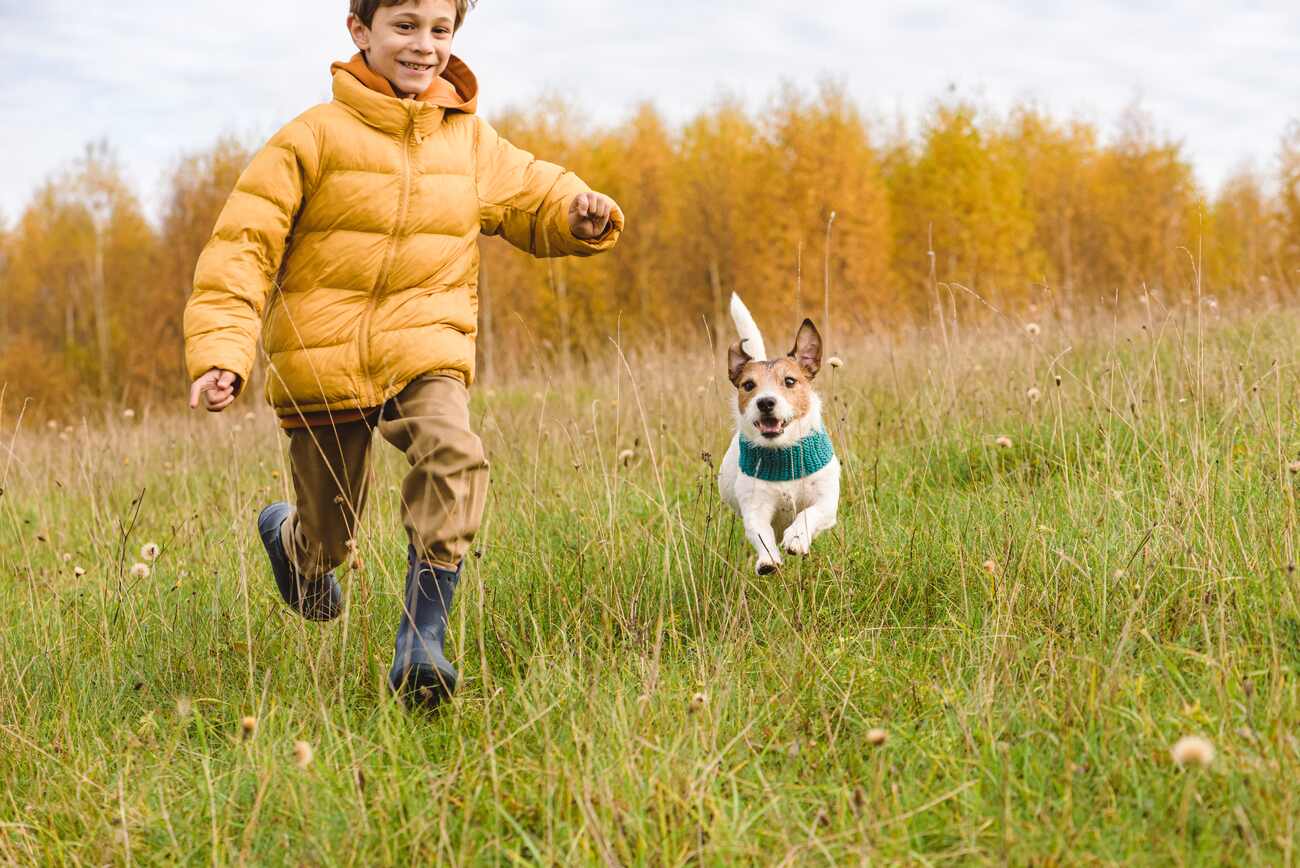
5. Consider the Breed
If you opt to go with a dog as a first pet, then you need to consider what breed to get, as some dogs will make gentle playmates, while others will not do well around children at all. For example, a Golden Retriever will be gentler than a Doberman Pinscher (which isn’t to say the Doberman can’t make a good family pet, but they will need extensive training, so they won’t be a good first pet).
And don’t let the size fool you; though you should be careful when pairing large dogs with small children, as large dogs can accidentally knock over tiny ones in their excitement, it doesn’t mean you can’t get a large dog. Great Danes are an excellent example of a large dog that’s great with kids. And there are plenty of small dog breeds that can have tempers and get snappish if they feel cornered, like Chihuahuas.
Essentially, it’s important to do your research when it comes to dog breeds!
6. Think About an Older Pet
If you decide to go with a cat or dog, consider getting one that isn’t a puppy or kitten. Besides the fragility of small animals, an older pet may be a better option because they should be less prone to play fighting and biting than young animals. If your child is scratched or bitten by a young animal—even if it was from playing around—it could frighten them and put them off pet ownership entirely. However, if you choose an older cat or dog, go with one that was raised around children so you know the animal is used to the antics of tiny humans.

7. Involve Your Child in the Pet Choice
You may not want to give your child full control over the choice of pet they can get, as you may end up with an animal you aren’t fond of or one they can’t help care for. But you should involve your child in the choice since the pet will be theirs. So, if you’ve decided that a hamster is what you’ll be going with, let your child come with you to pick out the hamster they want so they’re involved.
8. Set Expectations
Your child is going to be very excited about their new pet, which is great! But you should help them understand that it won’t always be fun and exciting. Some children expect a furry companion that will love everything they do, and that’s often not what ends up happening. Or they may want to teach a pet all kinds of cool tricks without realizing the kind of work that involves. So, let them be excited, but be sure they’re aware that pets are individuals, too, and require plenty of work and care!

9. Let Your Child Help You Prepare for the New Pet
There will be lots of things to set up for any new pet, whether it’s a mouse, a dog, a cat, or a fish. You’ll need cages or crates, pet beds, food and water bowls, toys, and so much more. So, be sure to let your child help you in these preparations. Maybe let them pick out the new pet’s toys or pet bed, or let them decide where in the home a cage or crate should be placed. Just ensure they’re involved in some way in the process.

Final Thoughts
Choosing a first pet for your child is an exciting time! But that doesn’t mean there aren’t several things that should be considered during the process. The most important part of picking out the first pet for your child is figuring out what they are physically and mentally capable of handling when it comes to animals. If you decide to go with a dog, you’ll want to do your research into different breeds to find the best fit, and for dogs or cats, you might want to consider getting an older animal that’s already used to children.
And remember, no matter what type of pet you pick, let your child be involved in choosing and preparing for their first pet!
See Also:
- What’s the Best Age for Your Child to Get a Cat? The Surprising Answer!
- 10 Reasons Why Pets Are Great for Kids
Featured Image Credit: FamVeld, Shutterstock
